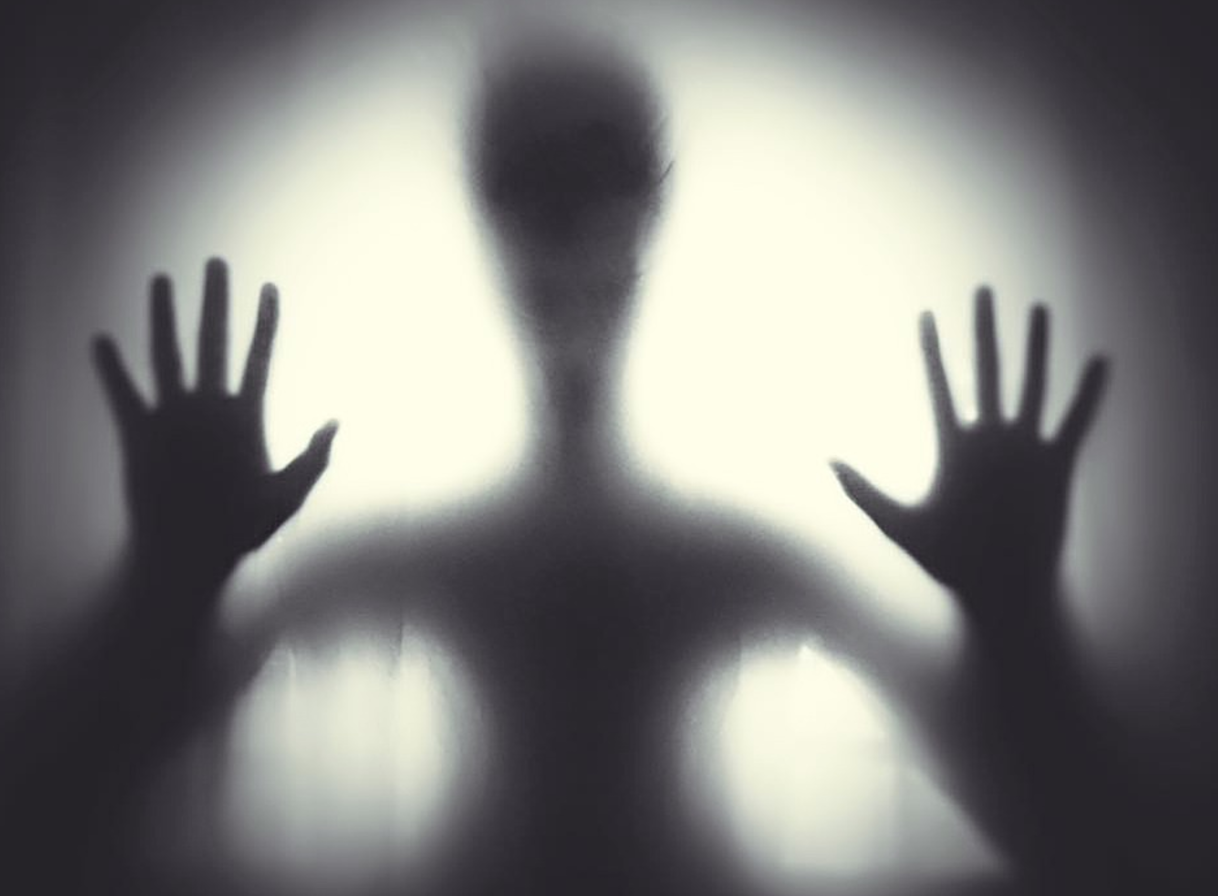How to Cyberbully a Ghost Into Leaving Your House

Credit to Author: Becky Ferreira| Date: Fri, 20 Oct 2017 17:00:00 +0000
This is a companion piece to this week’s Terraform, “Ernest.”
Halloween is coming up, which means it’s time to curl up under a warm blanket and binge-watch horror films. Monsters. Murderers. Mayhem—tis the season for all of them. But in curating your list of scary movies, you may notice that a thriving subgenre of horror has emerged in recent decades, one that cultivates terror from the modern proliferation of screens and cameras in our daily lives.
Whether it’s “found footage” flicks like The Blair Witch Project, home-surveillance ghost tales like Paranormal Activity, or malevolent forces transgressing the sacred IRL-screen boundary—looking at you, Samara Morgan—modern horror often finds inspiration in the panoptical reality of ubiquitous video recording equipment. Even Get Out, released in February, spins fear out of the perspective behind a lens.
This week’s Terraform, “Ernest” by Geoff Manaugh, is a next-level twist on this idea. It begins like so many other scary stories: “an attractive young family moves into a sprawling Victorian fixer-upper in the Chicago suburbs only to find it has a secret resident, this strange, blue-ish man—this specter—camped out in an unused bedroom.”
The family patriarch, Frank Presley, discovers the ghost after awakening to sounds of it rummaging around the house at night. Expecting a burglar, he is underwhelmed to find the spirit, and relishes the refreshingly cold blast of air the ghost emits to frighten him. Unintimidated and curious, Frank takes out his smartphone to film the entity.
“In the footage, the ghost’s terrifying expression quickly fades,” Manaugh writes. “It seems confused by Frank’s reaction, its black eyes squinting in perplexed disbelief. Which is when Frank starts to laugh. The video is almost impossible to watch without joining in: this supernatural figure looking unbearably confused—almost embarrassed—as a grown man doubles over in hilarity, unable to keep his phone still.”
The classic tale of the haunted house is turned on its head, with the living tormenting the dead. Frank becomes obsessed with garnering YouTube revenue and internet celebrity status from his videos harassing the ghost “Ernest,” named for his resemblance to Ernest Borgnine. He finds fresh and inventive ways to humiliate the spectre on camera. Though Frank’s wife and two teenage sons don’t share his zeal, the pranks still escalate, and Ernest becomes an international punchline and meme.
The story is a clever thought experiment that merges old-school horror conventions with the pervasive modern compulsion to parade our lives in front of a mass social media audience. This need to record and monetize our experiences is innocent enough, but for people like Frank, it can also be weaponized against ourselves and others, through avenues like fringe radicalization, online shaming, and cyberbullying.
Through another lens, Ernest would be your classic villain, a disquieted soul bent on terrorizing an innocent family until he receives retribution for the injustices of his past life. But Frank’s instinct to demean the ghost before a global audience—a topical subject in the age of geopolitical Twitter feuds—defangs Ernest’s traditionalist scare tactics, which have become obsolete in the age of smartphones.
Rapidly, the role of the movie monster shifts from the ghost in front of the camera to the man behind it, and all the voyeurs who delight in watching a sentient being reduced to “a circus animal, an abused pet.” It’s an evil only Jimmy Kimmel can solve; read the story to find out why.
Get six of our favorite Motherboard stories every day by signing up for our newsletter .
https://motherboard.vice.com/en_us/rss